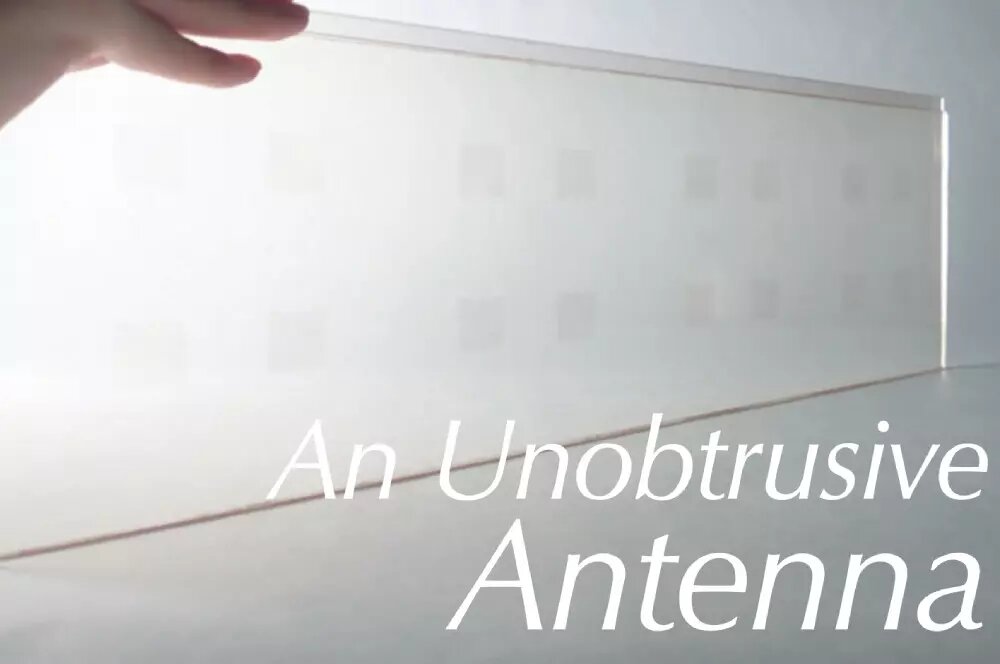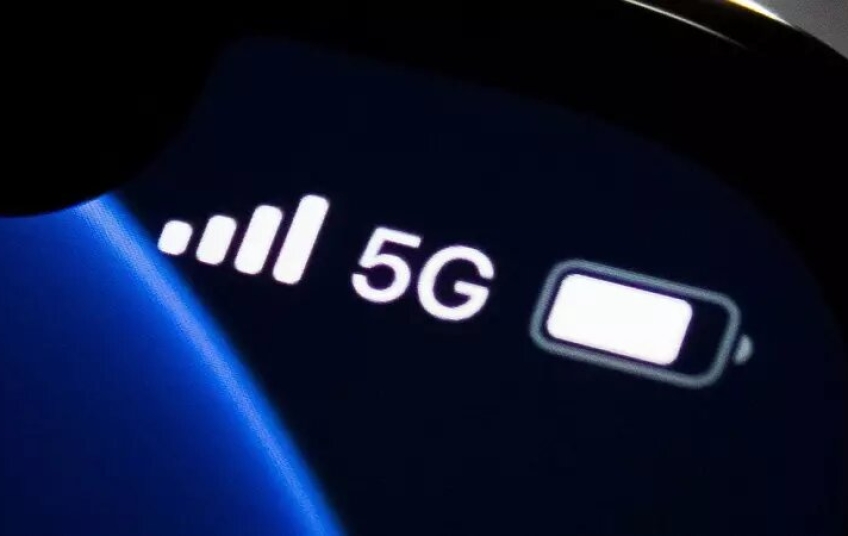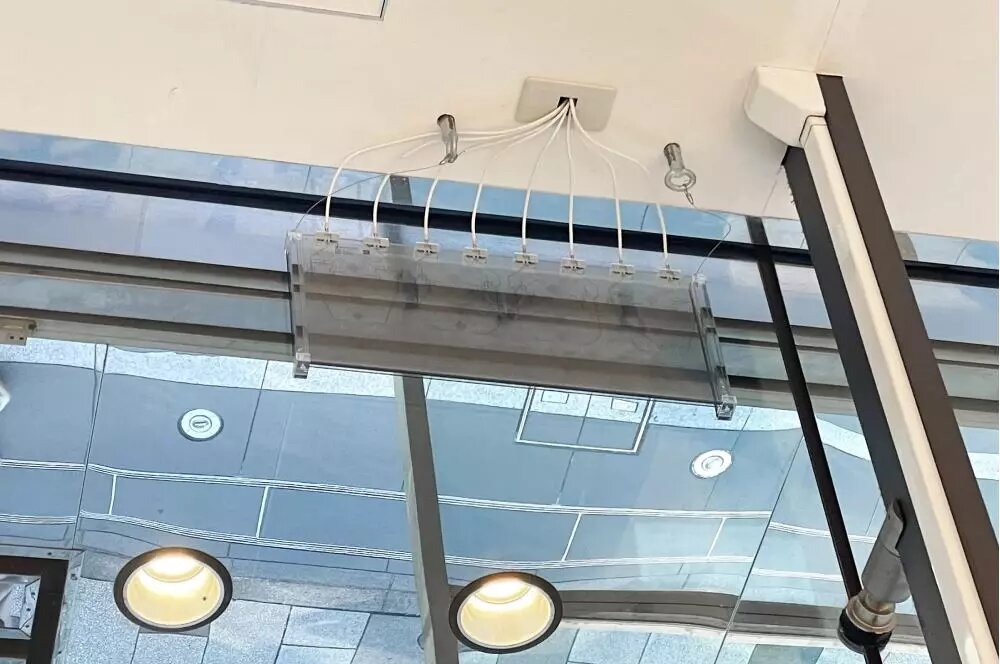A new 5G antenna technology can save space in workplaces, warehouses and other buildings by fitting inside windows and remaining completely unnoticed.
Japanese telecommunications company JTower has created a new form of transparent 5G base that can be placed inside the windows of a building, improving connectivity while saving space and enhancing the aesthetics of offices or structures.
They've called it the "Waveantenna", and JTower first deployed it last August in the Shinjuku district. Tokyo-based JTower developed the prototype with glassmaker AGC and mobile carrier NTT Docomo.
It was NTT Docomo who managed to develop a transparent conductive material. A material that is placed between two sheets of glass together with a transparent resin to achieve that almost completely transparent or translucent finish. In addition, according to AGC, this antenna can be more durable than other types thanks to the fact that the materials will be protected by the glass.
This transparent 5G antenna can also adapt to the thickness of the window in question, reducing effects such as attenuation and reflection, which would otherwise affect the 5G signal when it is absorbed and emitted by the window. "The glass antenna uses our patented technology to soften the disruption in the direction of radio waves as they pass through a window", explains AGC.
As can be seen in the photograph shared by IEEE Spectrum, the antenna manages to go almost completely unnoticed except for the cables, although these could also be hidden with other additional panels.
“Plans for commercializing the glass antenna are already underway and many inquiries have been received not only from Japanese mobile phone companies but also from overseas companies”, NTT Docomo said back in 2019.

Signal strength
This transparent 5G base station supports the Sub6 5G frequency, or sub-6 GHz signals, rather than the millimeter wave (mmWave) 5G frequency. Sub6 antennas allow the 5G signal to penetrate walls and buildings, and their signal travels farther than mmWave. The Waveantenna can operate between 3.7 GHz and 4.5 GHz, although its bandwidth and speeds are not comparable to mmWave 5G.
According to the developers, one of the advantages of this technology is that it can increase the number of base stations that operators can share, which reduces the costs of deploying 5G infrastructure.
Yukito Katsuyama of NTT Docomo’s Radio Access Network Engineering Department explained in 2019 that “many base stations will be needed if we move forward with 5G deployment. I think there will be an even greater need for glass antennas that can be installed without spoiling the landscape”.






